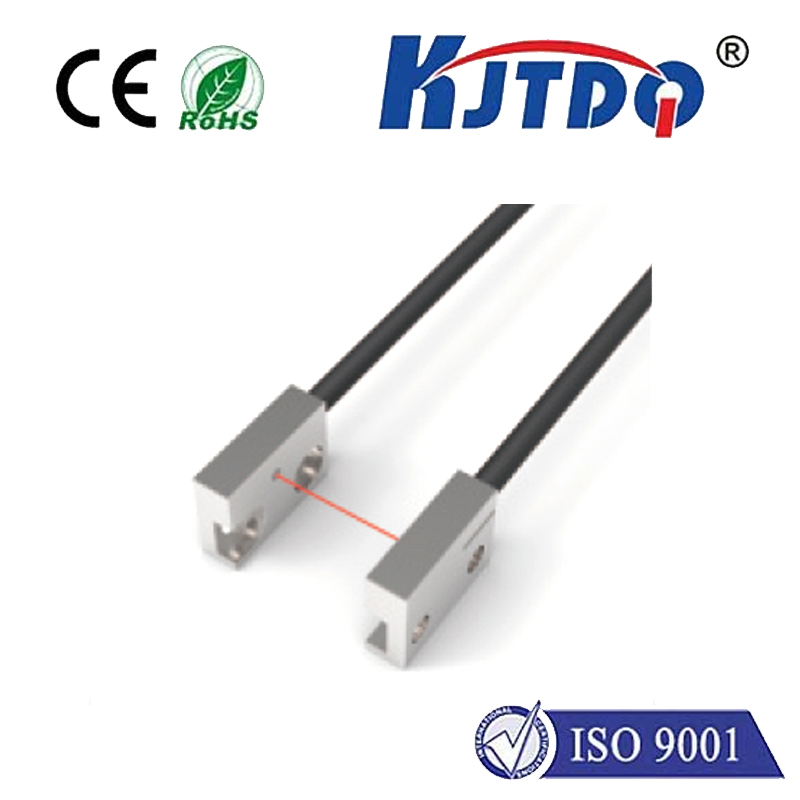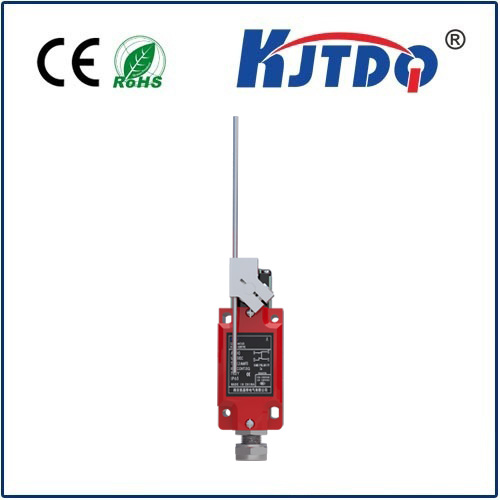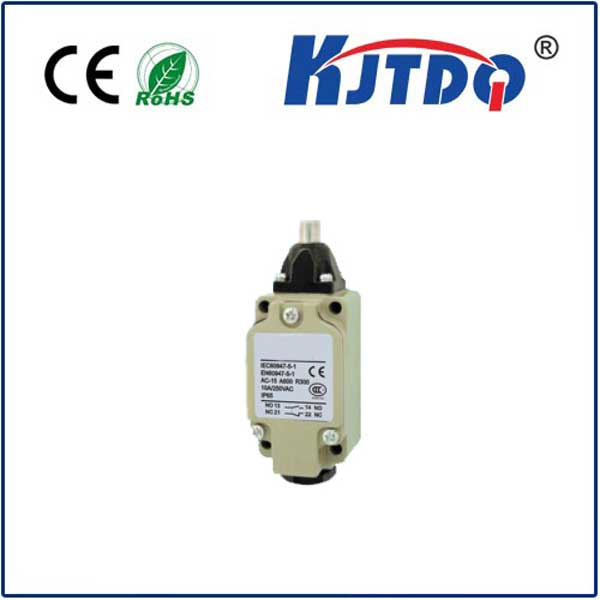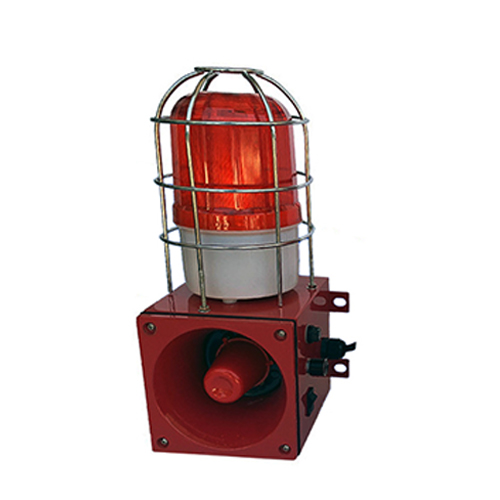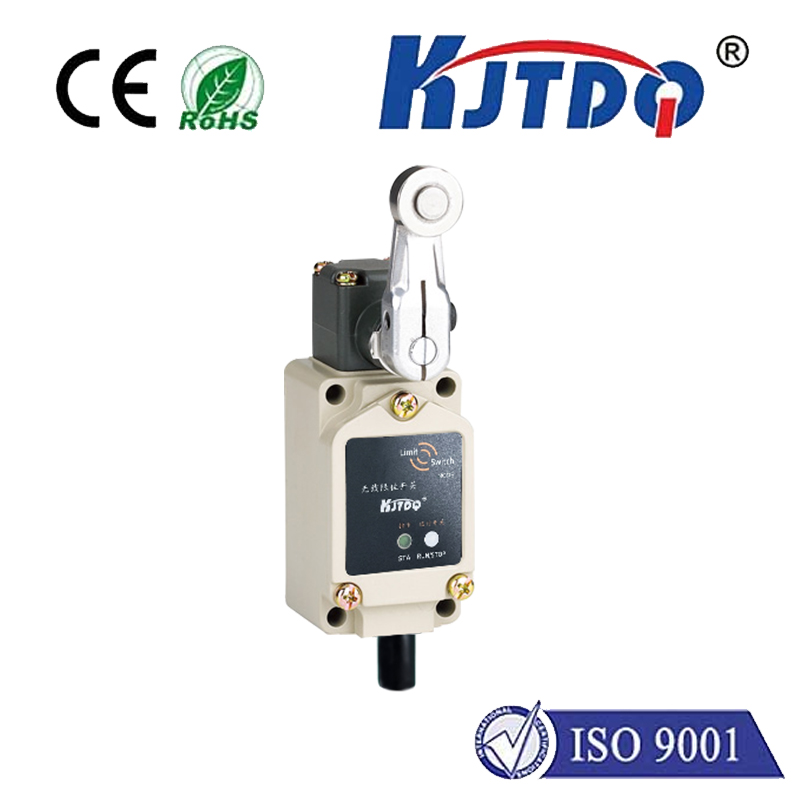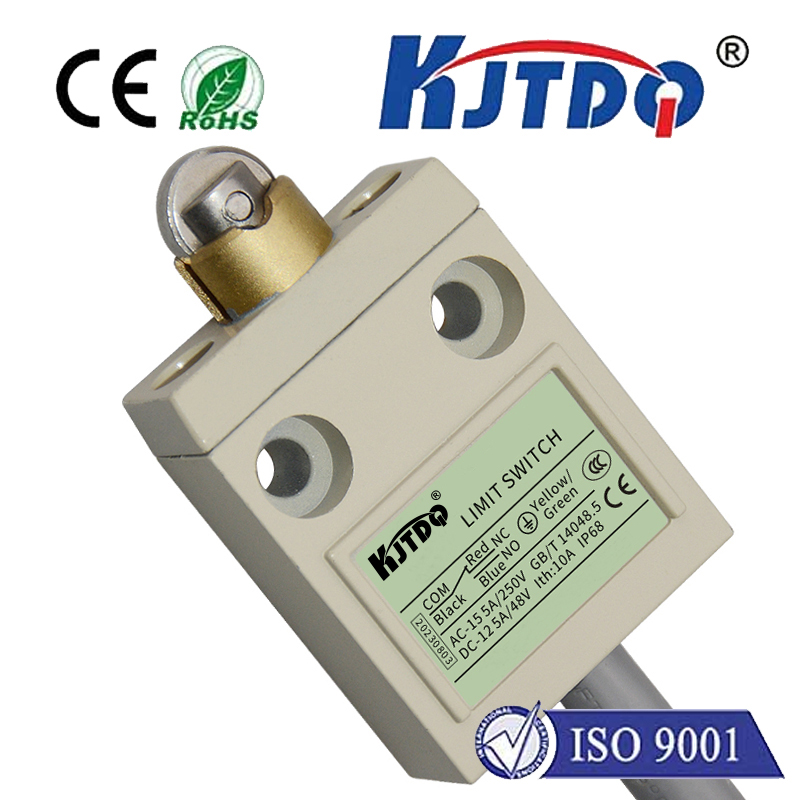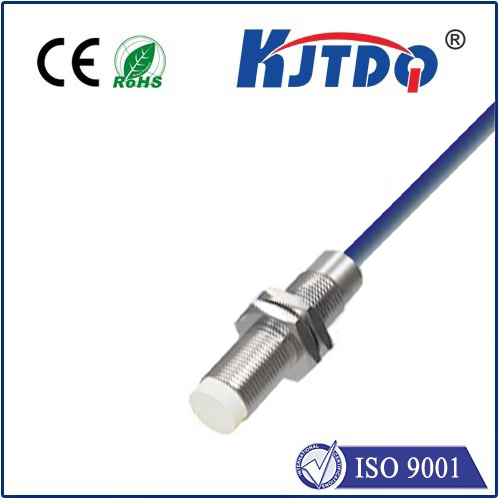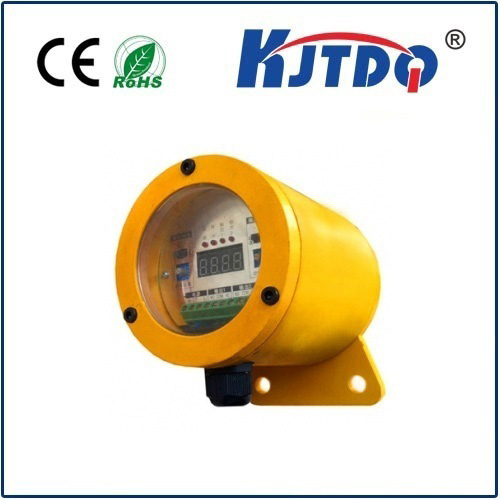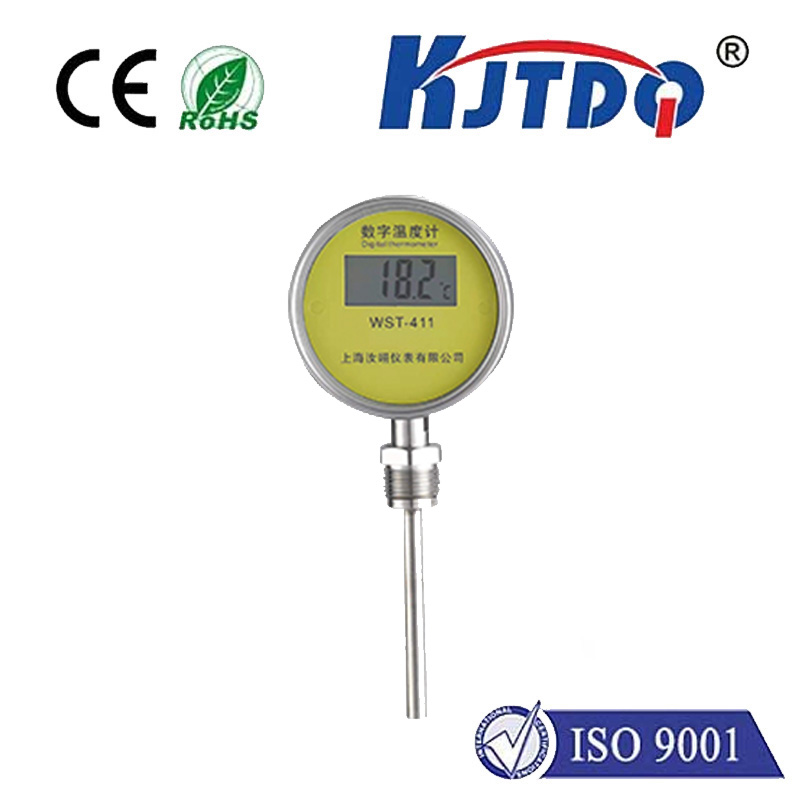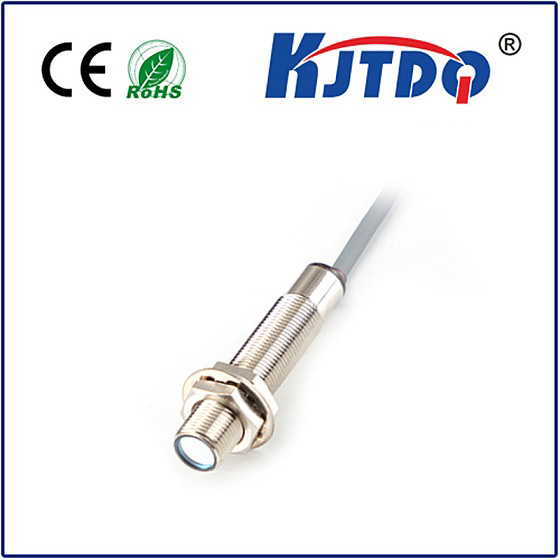

check

check

check

check

The term ‘limit switch’ may seem like a mouthful for those uninitiated in the world of electrical engineering, but its significance is monumental across various fields and industries. Let’s delve deep into understanding limit switches, their functions, and applications, which collectively underscore their importance in modern technology and machinery. Introduction to Limit Switches A limit switch is a type of electrical switch that is specifically designed to detect the physical position of an object or mechanical system. It is typically used to control the operation of a motor or other electrical devices within an apparatus. When the movable part of the switch comes into contact with the object being monitored, it either completes or breaks an electrical circuit, triggering a change in state for the device it controls. This simple yet powerful mechanism ensures machinery operates as required, stops at the correct positions, or reverses direction when needed. Working Principle of Limit Switches The working principle of limit switches is based on the concept of creating or breaking an electrical circuit through mechanical interaction. There are mainly two types of limit switches: normally open (NO) and normally closed (NC). In a NO configuration, the circuit is open until the switch is actuated; conversely, in an NC setup, the circuit is closed until the switch is triggered. These switches can be actuated by a variety of mechanisms such as levers, rollers, or pushbuttons, providing versatility depending on the application requirements. Applications Across Industries Limit switches are ubiquitously employed across numerous sectors owing to their reliability and simplicity. In the manufacturing industry, they are instrumental in assembly lines where precision is paramount. They ensure that robotic arms and conveyor belts operate within predefined boundaries, thereby enhancing efficiency and safety. In the field of elevators and escalators, limit switches are critical in preventing over-travel, ensuring passengers reach their desired floors without incidents. Additionally, these switches find application in security systems, where they help in controlling access through automated gates or doors. Benefits and Advantages One of the primary benefits of using limit switches is their ability to provide positive positioning and repeatability in industrial processes. They offer robustness against environmental factors such as dust, vibrations, and temperature variations which are common in industrial settings. Moreover, the installation and maintenance of limit switches are straightforward, requiring minimal technical expertise, which translates to cost savings for businesses. Their diverse range of designs and configurations means they can be tailored to specific operational needs, making them indispensable tools in the realm of automation and control systems. Conclusion In essence, limit switches are the silent sentinels safeguarding the integrity of operations across multiple domains. By serving as the eyes and ears of machines, they facilitate smooth functioning while mitigating risks associated with mechanical failures or human error. As we advance further into an era dominated by automation and smart technologies, the role of limit switches is only set to grow, cementing their status as fundamental components in the architecture of our technological landscape.
